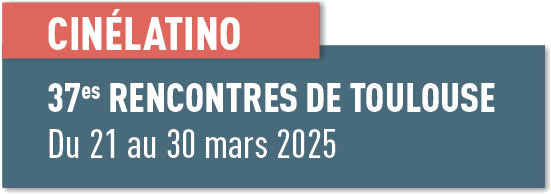Selection:
Director:
Country:
- Colombia
- France
Format:
Type:
Film exhibited in Toulouse:
Cahiers de Medellin, 1997.
- Prix long-métrage and Prix Public in “Visions du Réel” Festival, Nyon (Suisse),
- Prix Découvertes, SCAM (France),
- Grand Prix in Amas Cultura Festival (Portugal),
- Grand Prix in Saint-Jacques de Compostelle Documentary Festival (Espagne),
- Price Conque d’argent in IFFI Festival, Bombay (Inde),
- Award of Merit in Film, Latin American Studies Association (USA).
Synopsis:
Invited by adolescents I had filmed in a Medellin slum 16 years ago, I return to the city that was known back then as "the most dangerous city in the world"; I discover that it has become the "most innovative city on the planet". An emblem of this change lies in this very neighbourhood: the Biblioteca España, a symbol of the state of things in this microcosm of Colombia. In 1997 I filmed three young people who are today fully involved in their neighbourhood’s life. As the owner of a photography business specialising in weddings and communions, Wilmar is in charge of the residents’ image. Manual is President of the "Community Action Committee", in charge of finding solutions to the neighbourhood’s problems. Maria Eugenia, who was teaching her mother to read in my film, is now a Spanish teacher at the school. The documentary will be haunted by the presence of a phantom poet, killed two years after my first film. A person forgotten by no one but whose ashes are best left untouched. A metaphor for horror, amnesia and impurity. We are going to evaluate what is at stake for a neighbourhood that the city decided to incorporate. In 1997, I asked them: How do you see yourself in 10 years? School did not change the world, but it changed those who could change the world.
Visual concept:
Symbol of the city’s mutation, economic dynamism and progress, the Biblioteca “España” stands out against the mountain. It will show its every facet, expressing the complex relations between the city and the slum, between power and resistance, progress and status quo. My return to the neighbourhood will be indicated through a voice-off and dialogues. This voice will be rarely heard, but will allow me to introduce a character and to tie that character to the past. Images shot in 1997 in these locations with different protagonists could operate in this new film as reminiscences, or even anticipation, of what is at stake today.







